Instrumentation
Enhance your knowledge of GC-MS instrumentation with expert-designed training on key system components and performance optimization. Learn about mass analyzers, including quadrupole, ion trap, time-of-flight (ToF), and magnetic sector technologies, to improve resolution and accuracy. Understand vacuum systems and their role in maintaining instrument stability. Master tuning for optimal sensitivity and explore solvent delay techniques to prevent contamination. Gain insights into sample introduction methods, such as split/splitless injection and thermal desorption, for precise analysis. Ideal for professionals in pharmaceuticals, environmental testing, food safety, and forensics, these courses features multimedia content, real-world knowledge, and troubleshooting tips. Start learning today to optimize your GC-MS instrumentation and achieve high-quality analytical results!
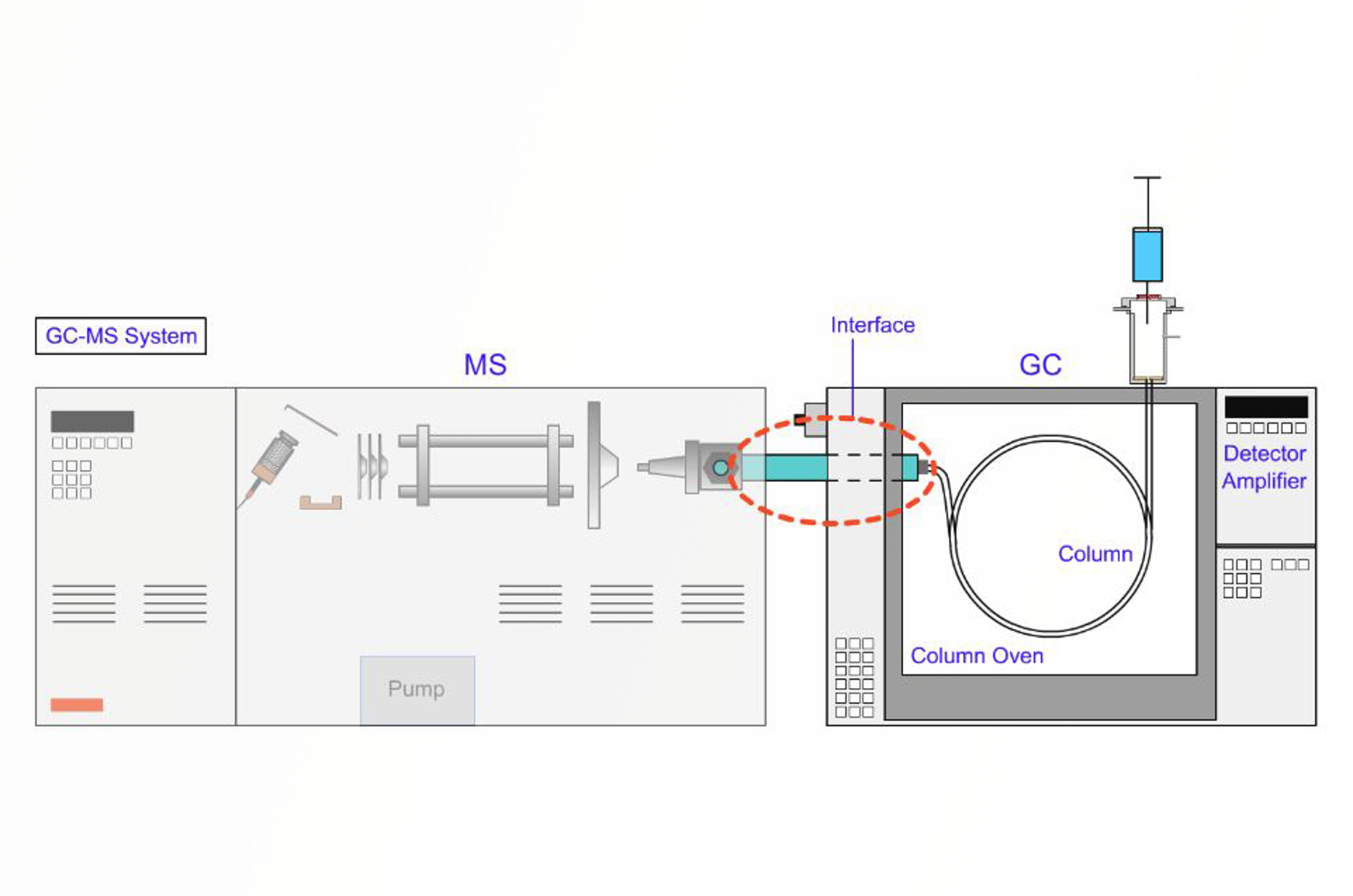
GC-MS Interfaces
After separation in the GC column, analyte species have to be transported to the mass spectrometer to be ionized, mass filtered, and detected. The column outlet needs to be connected to the ion source of the mass spectrometer and this module presents the correct interface types for use with different GC columns and MS instrument types.
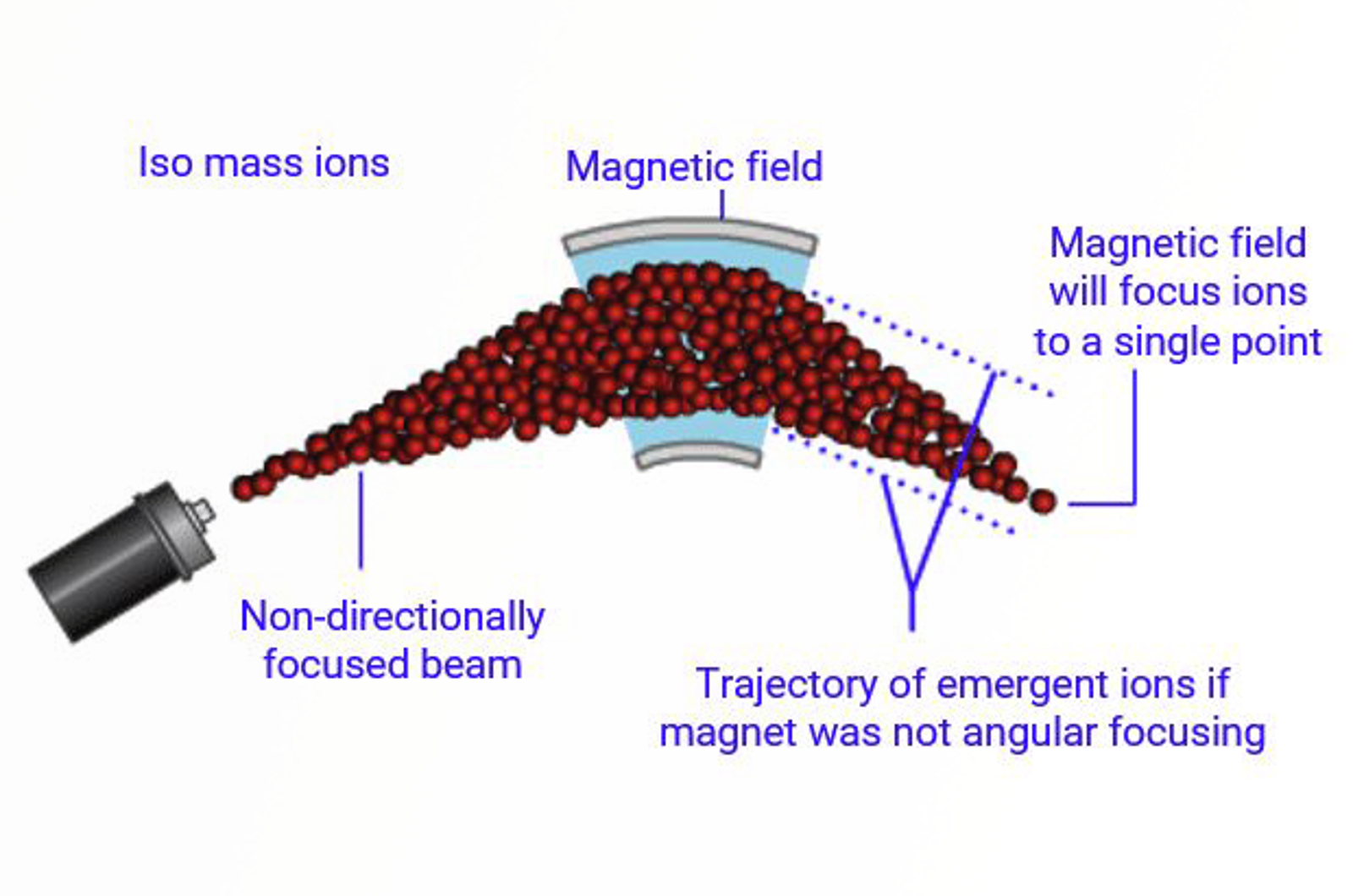
Magnetic Sector Mass Analyzers
Magnet/electric sector instruments are employed for mass analysis using the principle that charged species can be deflected in magnetic and electric fields. The degree of ion deflection in a magnetic field is proportional to the square root of their m/z ratio and the potential through which they are accelerated prior to mass analysis; this makes the measurement of mass-to-charge ratio very accurate when using this type of mass analyzer.
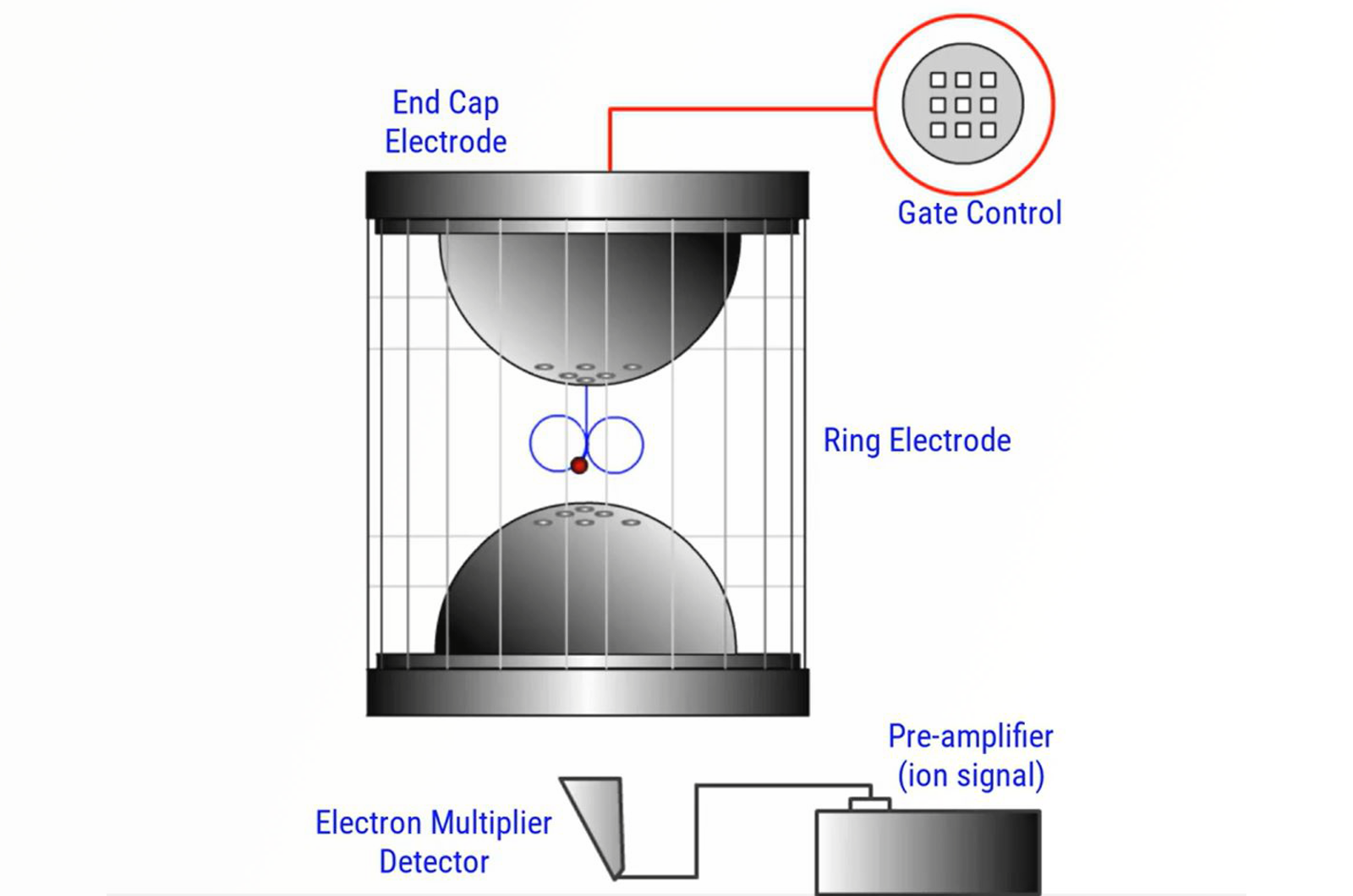
Ion Trap Mass Analyzers
Ion trap mass analyzers use oscillating electric fields (RF) to trap ions in a controlled manner. This module explores the principles of operation of ion trap mass analyzers.
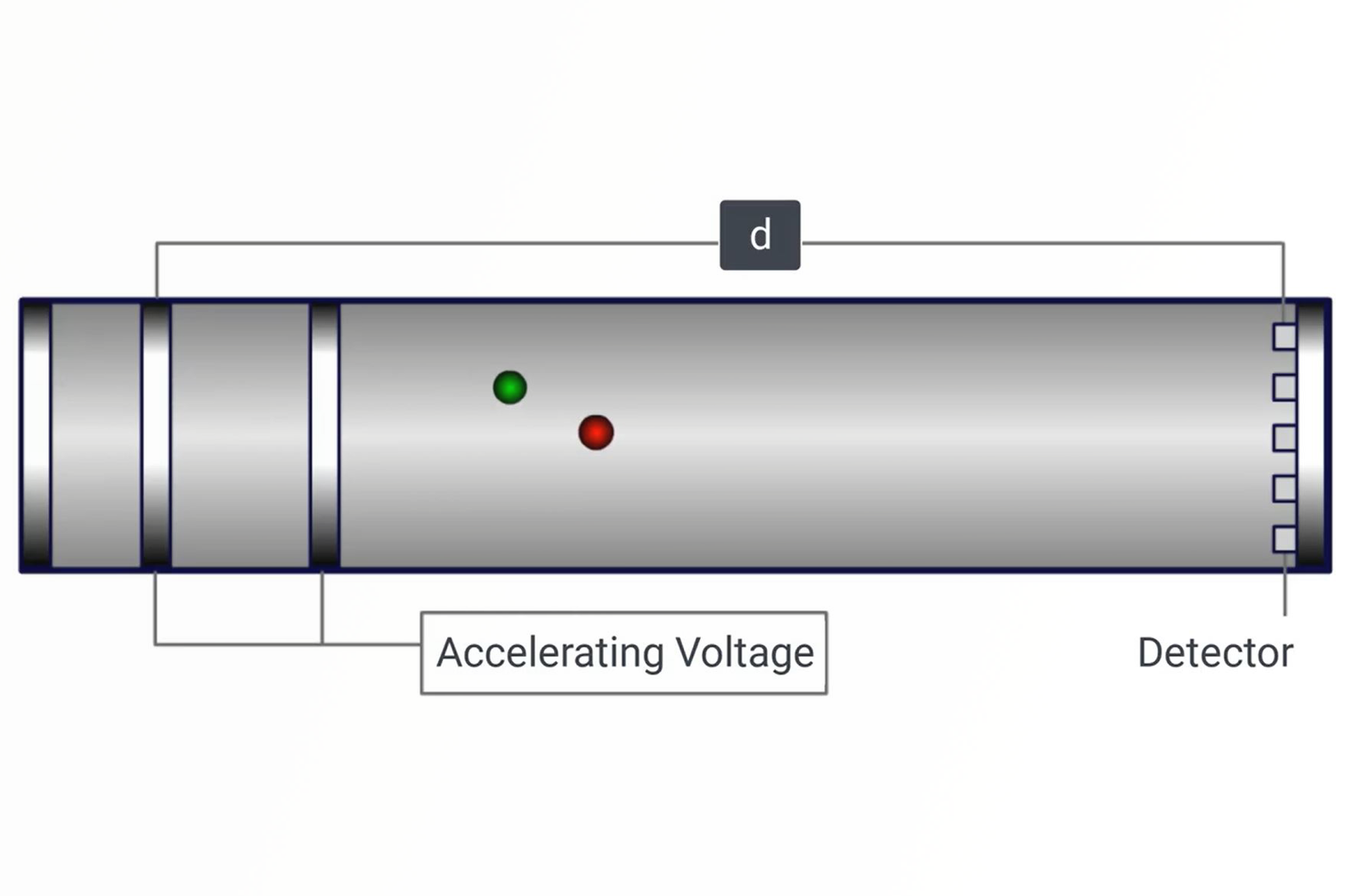
Time-of-Flight (ToF) Mass Analyzers
The basic principles of mass analysis using time-of-flight mass analyzers are relatively straightforward in comparison to many of the other typical mass analyzing devices. Ions are extracted (or produced) in short bursts or packets within the ion source and subjected to an accelerating voltage. The ions then drift or fly down an evacuated tube of set length.
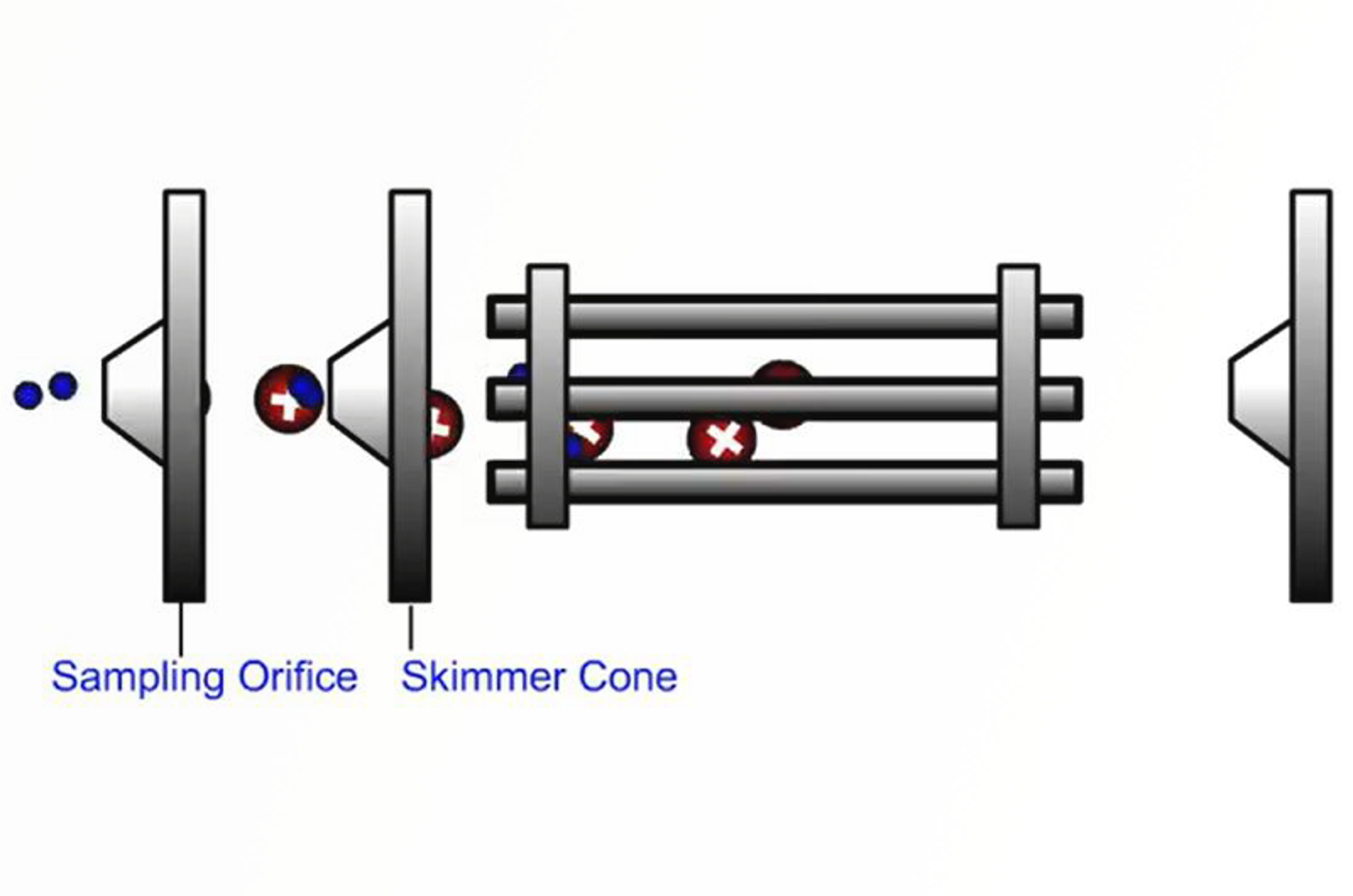
Quadrupole Mass Analyzers
In quadrupole mass analyzing devices, electric fields are used to separate ions according to their mass-to-charge ratio (m/z) as they pass along the central axis of four parallel equidistant rods (or poles) that have fixed (DC) and alternating (RF) voltages applied to them.
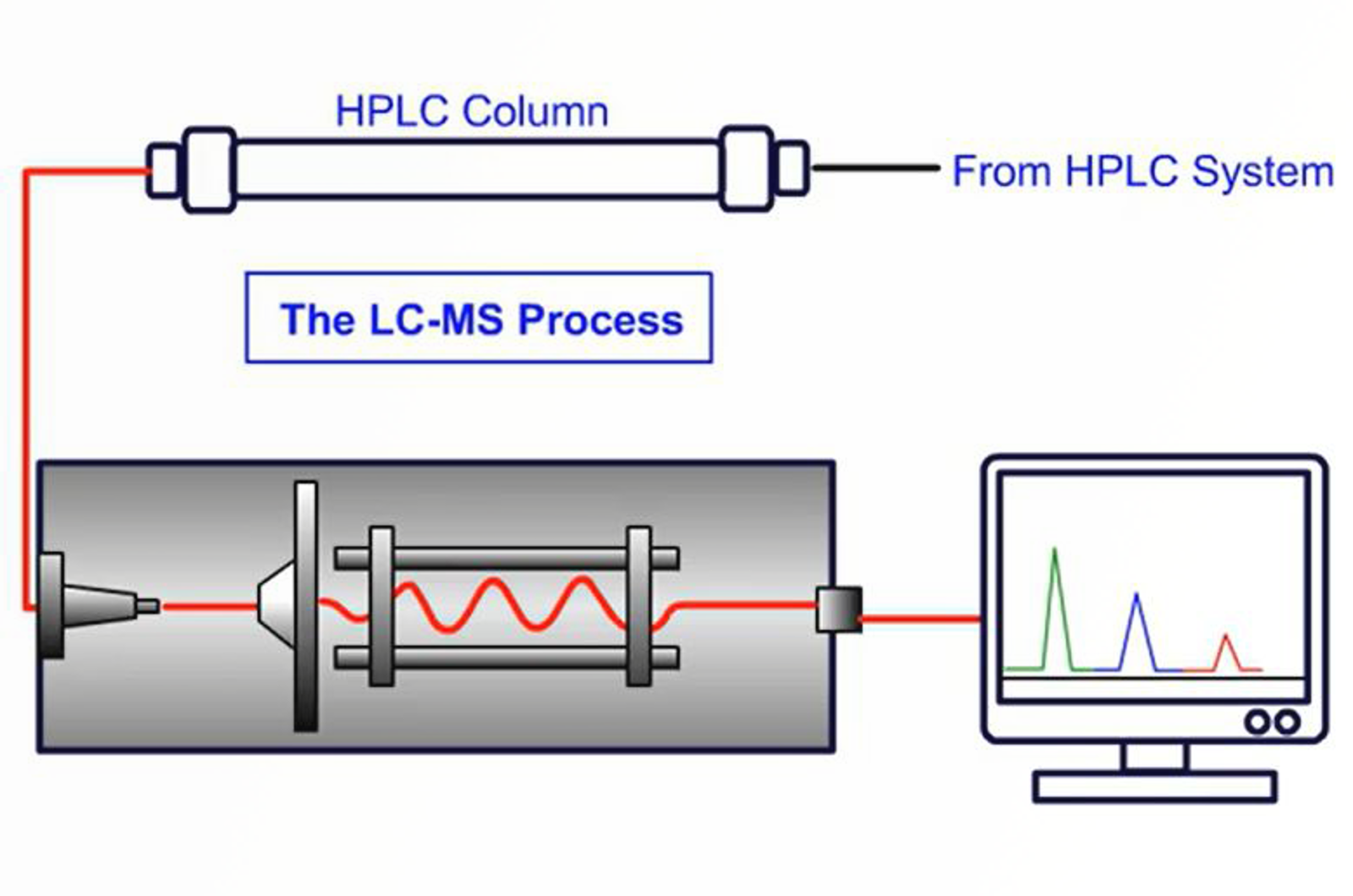
Introduction to Mass Analyzers
In its simplest form the process of mass analysis in GC-MS involves the separation or filtration of analyte ions or fragments of analyte ions created in the ion source. There are several very popular types of mass analyzer associated with routine GC-MS analysis; all of which differ in the fundamental way in which they separate species on a mass-to-charge basis. This module gives an overview of mass analyzers.
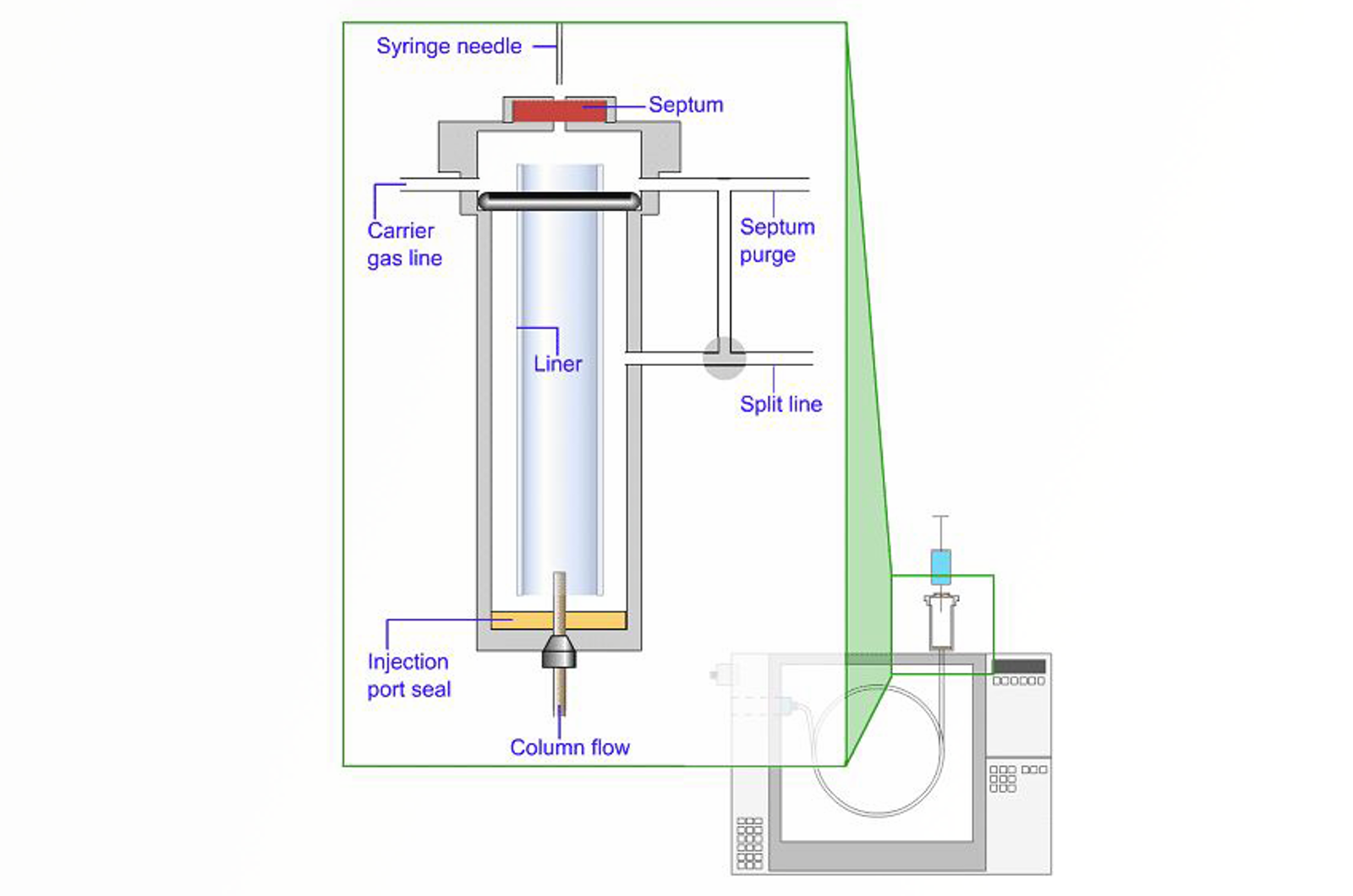
GC-MS Sample Introduction
Perhaps the most difficult step in any GC-MS analysis is the sample introduction. Solid or liquid samples need to be converted to the gas phase and then efficiently transported onto the GC column. The primary aim with all sampling techniques is to ensure a representative and homogeneous gaseous aliquot of the sample under investigation is delivered to the GC column. This module will explore the main GC considerations when using MS detectors.
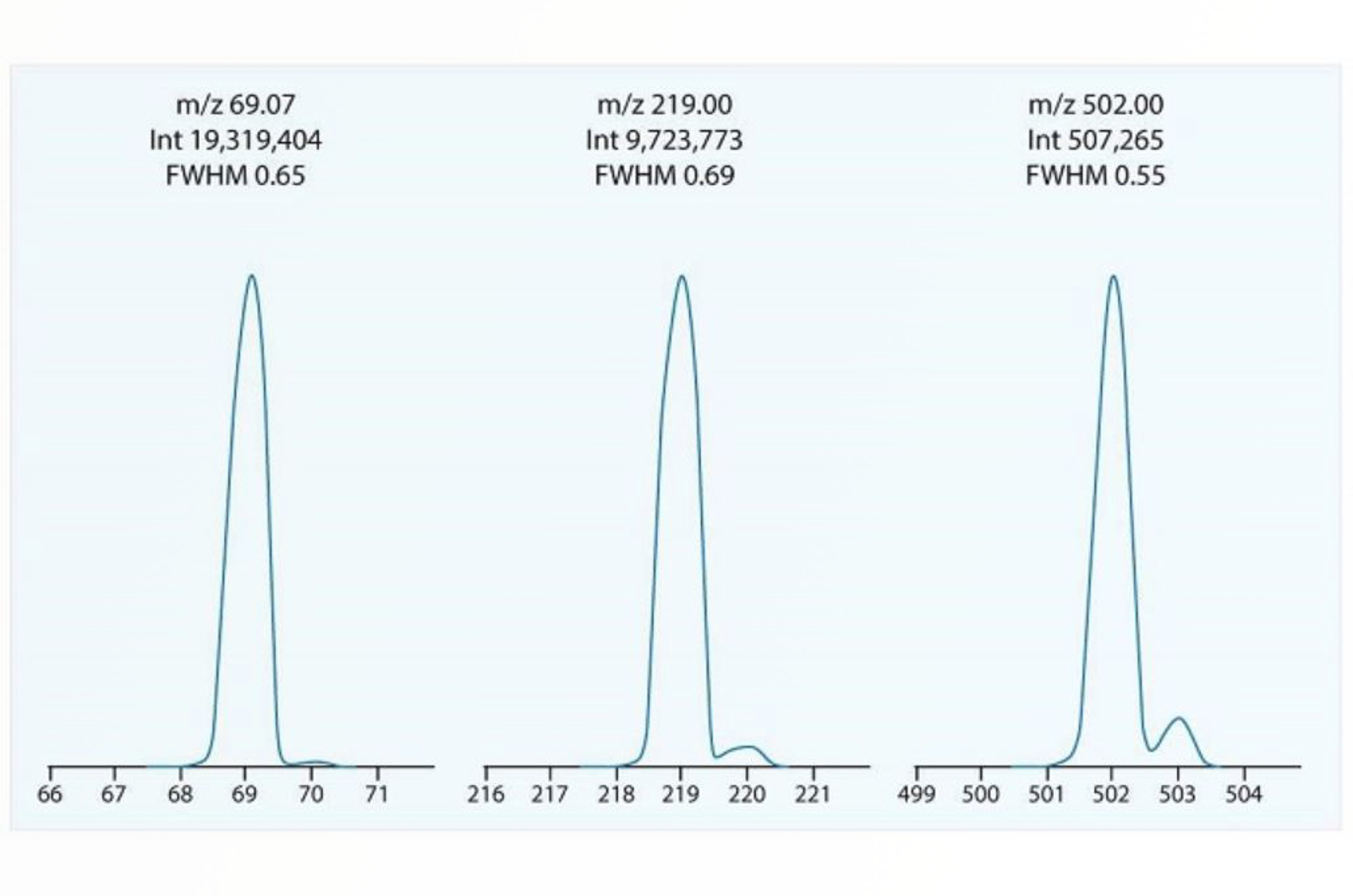
What Can a GC-MS Tune Report Tell You?
A GC-MS tune report is invaluable as it provides information on how well the instrument is working, indicates if cleaning or maintenance is required, serves as a chronicle of how the instrument has performed in the past, and can be used to diagnose problems when troubleshooting.
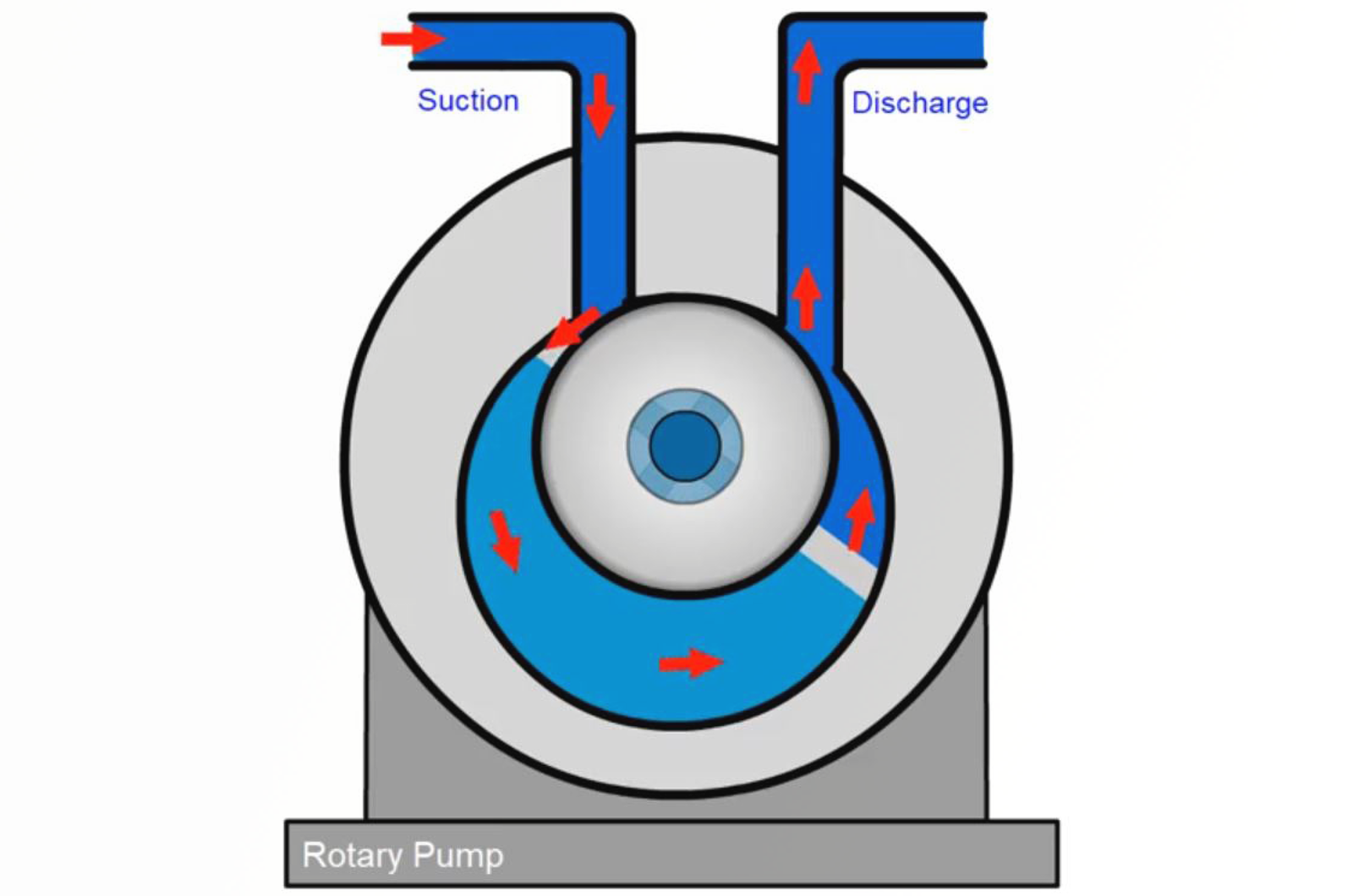
Vacuum Pump Maintenance
Everything you need to know to keep your pumps in good working order.
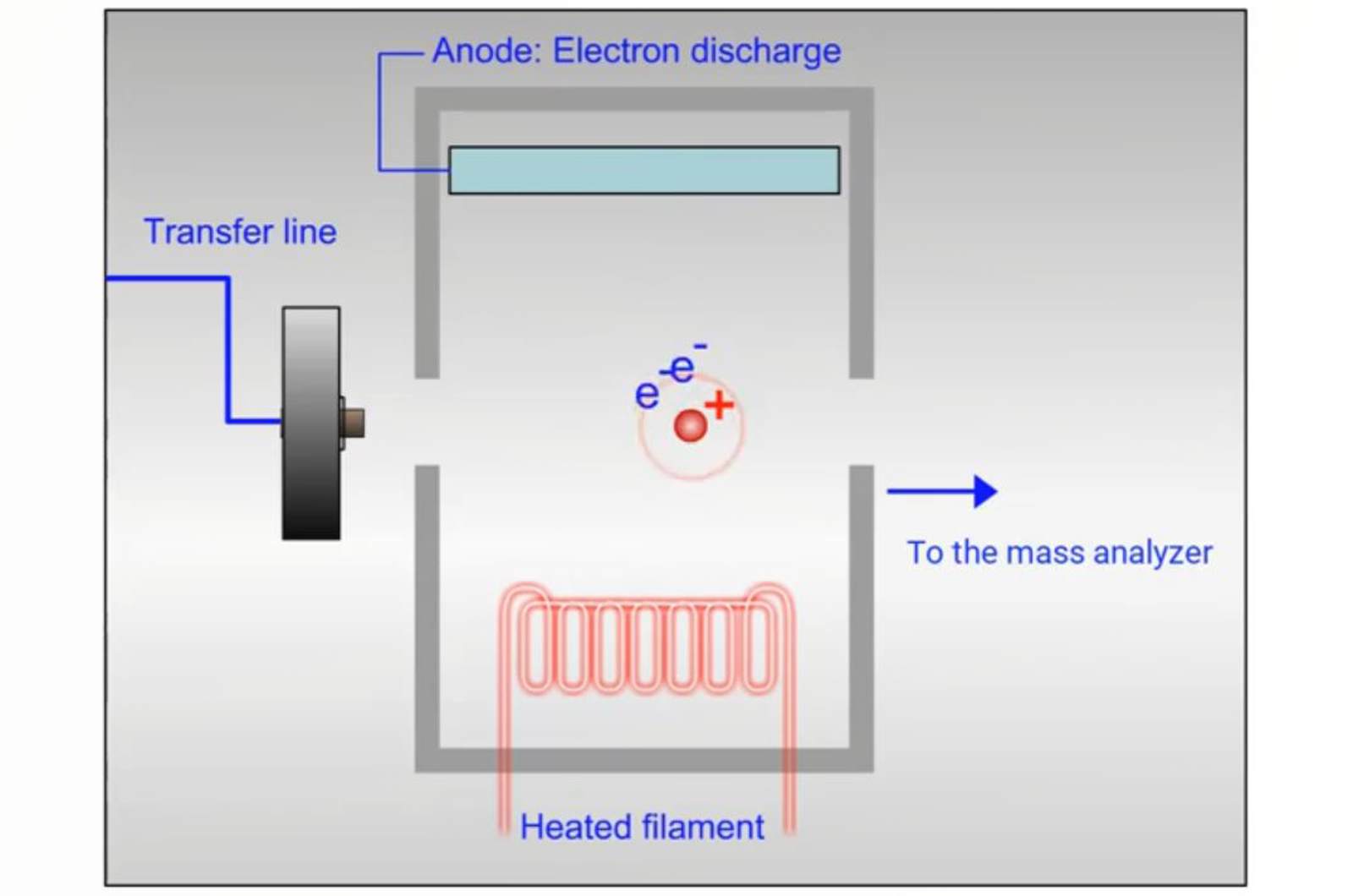
GC-MS Solvent Delay
Using GC-MS solvent delay helps to protect the filament in the ion source, meaning the instrument will perform how it should for longer. This quick guide will detail how to determine the solvent delay time for your method and outline the benefits of using this in every method.
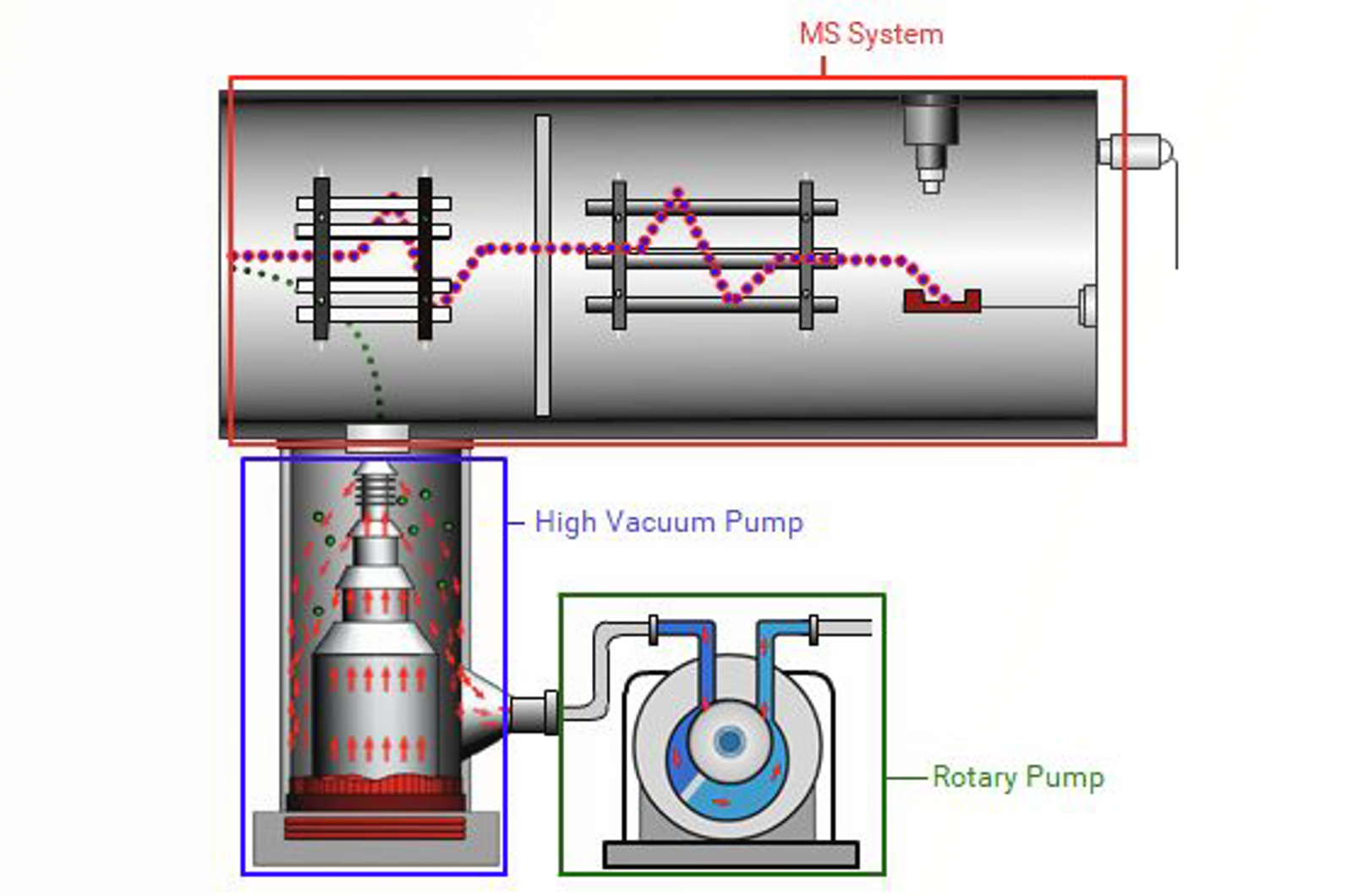
GC-MS Vacuum Systems
High vacuum is essential for GC-MS to function. This module comprehensively covers the pumps used to achieve the required vacuum in a GC-MS system. Practical information is provided on the operating principles of each pump type, as well as troubleshooting and maintenance tips.
